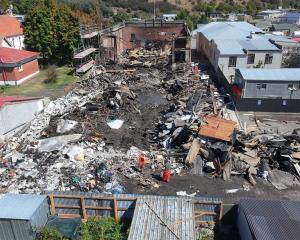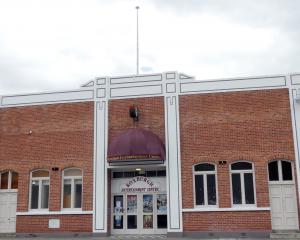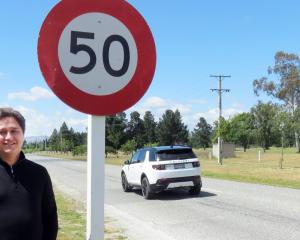Lichens should be used as an indicator of air quality in Otago, John Douglas believes.
Data on lichen health would complement the current research into air pollution, the Alexandra man told a panel of Otago Regional councillors hearing submissions on the 2011-12 annual plan from Central Otago residents last week.
"If there's any pollution in the air, lichens die off. We have good healthy lichen around town [Alexandra]," Mr Douglas said.
Lichens were a common and natural indicator of air quality and there had been no fieldwork done, to his knowledge, on the health of lichens in any Central Otago towns.
More data was needed on the area's level of air pollution and Mr Douglas said he was sceptical about the link between air pollution and people's health.
"Cold houses are one of the causes of health problems but I don't believe that air pollution kills people." Council chairman Stephen Woodhead said there was clear evidence of air pollution having an adverse effect on people's health.
Tiger worms could be used to convert sewage into a "potentially valuable resource", Robert Galvin, of Cromwell, told the panel.
Treated through vermiculture, sewage could be converted into a highly effective medium for conditioning soil.
Central Otago WasteBusters made a plea for more investigation into an environmentally friendly disposal of hazardous and chemical wastes in the district.
Ruth McNamara, of WasteBusters, said the organisation was often asked where residents could dispose of such waste. Although there was a local depot for used hazardous-waste containers, there was nowhere locally to deal with the contents of those containers, she said.
The nearest disposal site was at Green Island, but it was unwise for people to be travel that distance, transporting hazardous materials.











